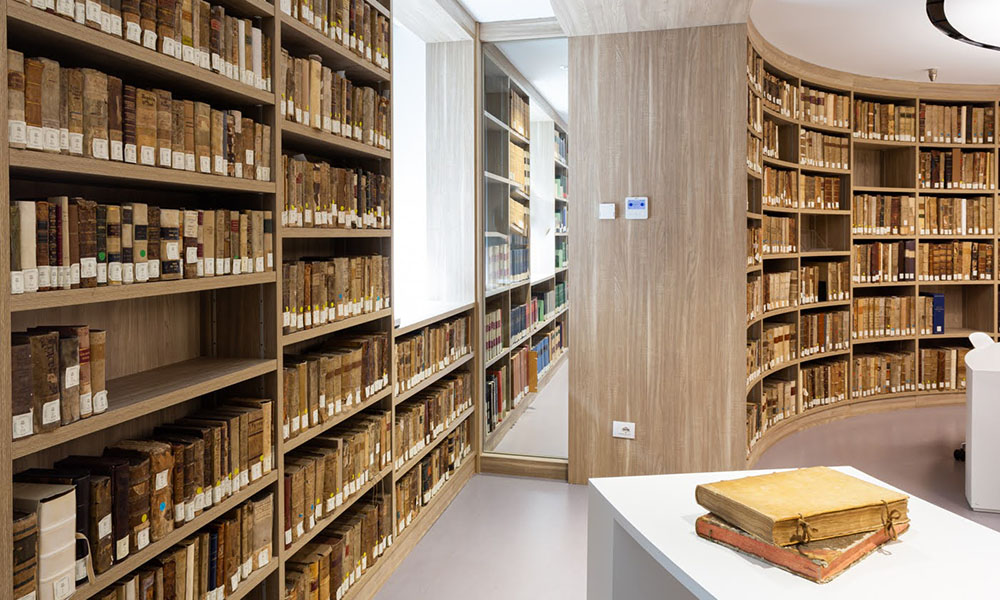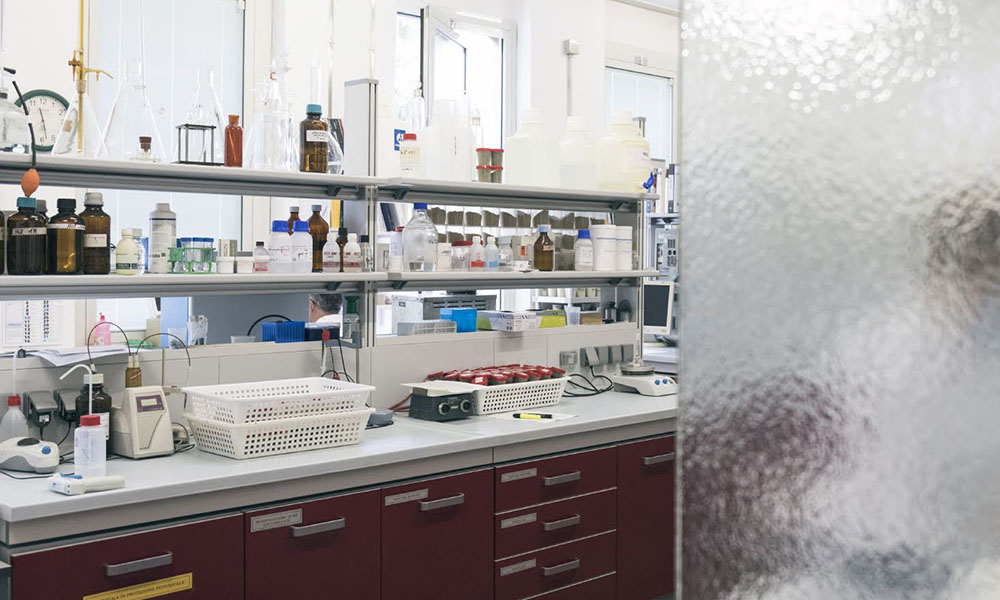To graduate from the Integrated Degree programme, all students must follow the Study Plan set out for their particular degree programme, designed in compliance with teaching regulations and with Faculty Board directives. Students must attend all activities and obtain credits as listed in the study plan. Credits are gained by passing examinations or other specified forms of assessment.
Should new study regulations be activated or should study plan regulations be altered or revised by the Faculty, students studying outside the prescribed degree timeframe will have to adjust their study plan accordingly.
Students of Medicine and Surgery are required to attend all programmed instructional and professionalising activities in their study plan to complete 360 credits. Attendance will be carefully monitored by academic staff and recorded in line with regulations set down by the Integrated Degree Programme Council. Registration for examinations requires a certified attendance record for compulsory instructional and professionalising activities.
The Study Plan, compliant to the Decree n. 270/2004, which includes all courses that students must take as of enrolment in 2019 until graduation in 2025.
Integrated courses
Università Cattolica's 6-year Integrated Medicine and Surgery degree programme consists of a series of integrated courses, each one focusing on a specific area of scientific skills and dealing with specific notions.
The key features of the teaching in the programme are:
- horizontal and vertical integration of knowledge;
- teaching methods based on a solid foundation in the pre-clinical area, and using a problem-based approach;
- early contact with patients;
- acquisition of clinical skills as well as development of strong communication skills.
The highly integrated and flexible teaching method is kept constantly updated and is designed to help students learn from a wide, comprehensive, interdisciplinary perspective providing constant stimulation to acquire new competencies.
European Credit Transfer System (ECTS)
Credits measure both individual study workload and classwork. One credit is valued at 25 hours of study, divided roughly into 12.5 hours of independent study and 12.5 hours of frontal lecture (made up of 12.5 hours of independent study and 12.5 hours of lectures); and students are expected to accumulate around 60 credits in an academic year.
Credits are not awarded until examinations are passed for the relevant course.
Examination grades measure performance while credits quantify progress within the programme.
The Italian credit system (Crediti Formativi Universitari – CFU) uses the same unit measure as the European Credit Transfer System (ECTS).




